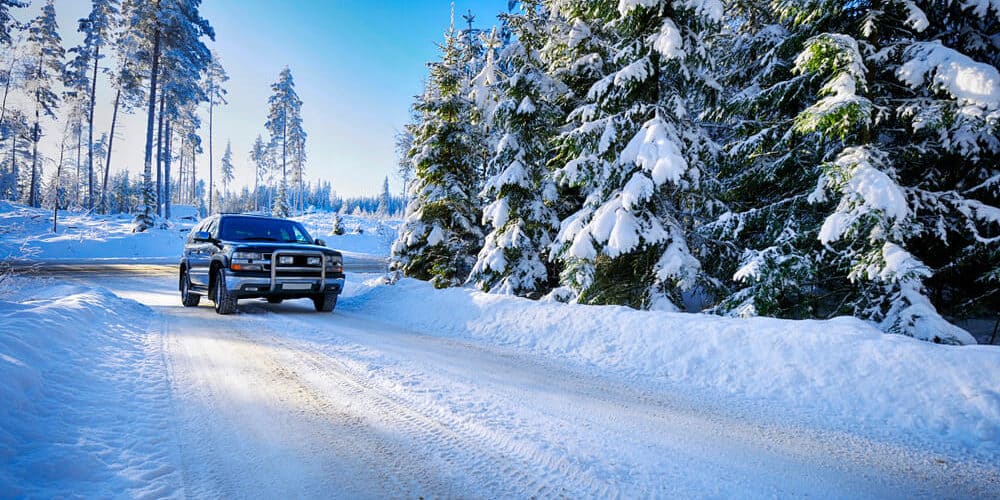
Winter can be unpredictable. The last thing you want to happen is for your car stop working in the middle of a chilly snowstorm. Preparation is key, and there are many parts of your car that should be in check by the time winter rolls around. We count them down here:
10: Emergency Kit
Having a few supplies and tools in your car is an easy way to be ready for the cold weather, but it is helpful to have some extra materials such as engine oil, washer fluid and of course an ice scraper. Flashlights and flares are always handy when you are stuck on the road at night. In case you are in a situation where you may need to sit in your car for a while, bring an extra pair of gloves, boots and a blanket.
9: Four-Wheel Drive
If you own an SUV, you probably don’t use your four-wheel drive in the summer. Make sure the system is functioning properly to avoid getting stuck or slipping on snow and ice. Take a look at the owner’s manual for how to use the system.
8: Belts and Hoses
Your car’s belts and hoses under the hood are generally checked when you bring it in for a tune-up, but it is always helpful to have a mechanic look at the condition of these parts. Belts and hoses weaken in colder temperatures, and the last thing you want is for something to snap or break while you are out driving.
7: Windshield Wipers
Snow and ice on your windshield lowers your visibility and makes driving dangerous. It is recommended to replace the wipers every six to 12 months, as they crack and deteriorate over time. You should also keep your wiper fluid full.
6: Defrosting and Heating
A fogged-up windshield makes it extremely difficult to see – defrosters solve the problem, but only if the unit is properly functioning. You also want to make sure you are warm and comfortable in your car. If the heater isn’t working, you may need to replace the heater coil.
5: Fuel Tank
Running on fumes is not a good idea any time of the year, but it is even worse in frigid temperatures. Condensation can enter the gas tank and sink to the bottom, and if it freezes, it will block the flow of gas to the engine.
4: Antifreeze
Antifreeze is effective in both protecting your engine from freezing as well as cutting back on corrosion. Make sure you have equal parts antifreeze and water in your radiator. To keep it simple, you can find pre-mixed bottles of antifreeze and water at gas stations and auto supply stores.
3: Oil
Oil lubricates the surfaces of your car’s engine, preventing them from grinding together and causing damage. The thickness, or viscosity, of the oil can affect the engine’s performance. Colder temperatures cause oil to thicken, and if oil is too thick, it flows too slowly and causes the engine to become too hot. Overcome this problem by filling the engine with a lower-viscosity oil. The vehicle’s owner’s manual should say the type of oil you should use and may suggest a thinner oil for winter.
2: Battery
On average, car batteries last three to five years, so keep track of how old yours is. Winter is tougher on the engine and puts more pressure on the battery, so even if the battery isn’t that old, make sure everything is in working order. Check the clamps and cables, and be certain the battery has enough fluid inside. Refill with distilled water if necessary.
1: Tire Pressure
Your tires should be equipped to handle wet and icy roads. Check the air pressure on each tire; if the air is low, there is a greater risk of sliding on ice. Fill tires with the recommended pounds per square inch. You may want to consider snow tires, which offer improved traction and braking specifically for winter weather.
Courtesy of aeroautoparts










